The 15 Most Expensive Home Repairs and How To Prevent Them
Learn how to take precautions against some of the most expensive repairs for homeowners


Homeownership undoubtedly comes with many expenses. Sometimes, costly home fixes are unpredictable and unplanned. It’s a terrible feeling when a pipe unexpectedly bursts, the heater shuts off, or the basement begins to flood. These types of emergency situations need immediate action and can lead to some of the most expensive home repairs.
However, for many of these situations, there are preventative measures you can take to be more prepared. Keeping up with basic maintenance and catching signs of problems in your home early on can save you a lot of money in the long run. To help you plan for and be aware of these expenses, we’ve compiled a list of some of the priciest damages and repairs that can arise as well as proactive measures you can take to help prevent them.

1. Fire and Smoke Damage
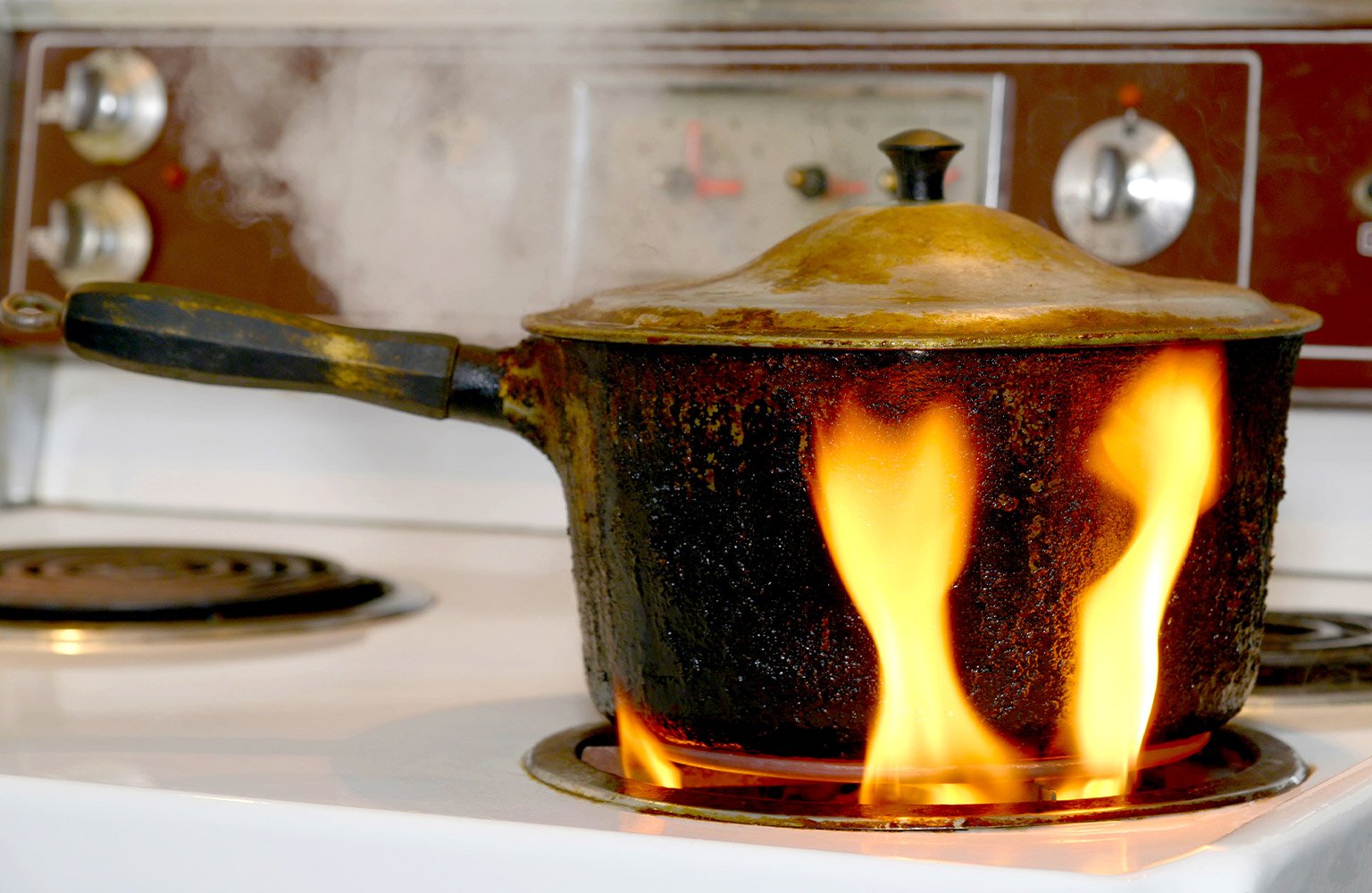
A fire can cause extreme damage to your home that requires licensed pros to repair or rebuild. Costs will depend on the extent of the damage and the number of rooms that need cleanup, as well as your homeowner's insurance plan.
Cost: The cost of fire damage restoration is anywhere from $800 to $93,000. The typical range is between $3,200 and $25,000.
Prevention:
1. Install a sprinkler system, which can reduce fire damage by up to 90%.
2. Install and maintain high-quality smoke detectors.
3. Keep fire extinguishers on hand.
2. Siding Repair
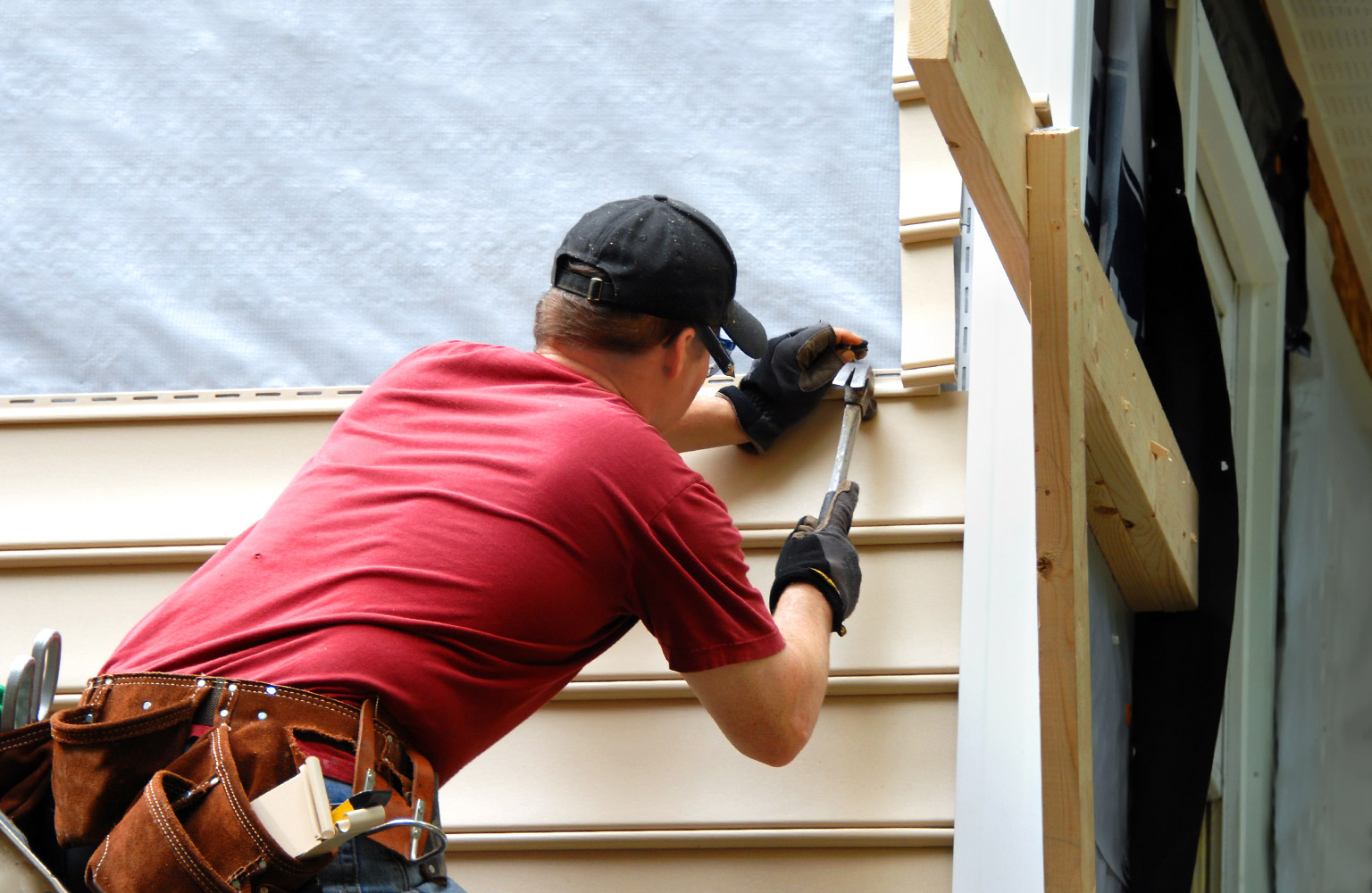
Replacing your home’s siding can be a large undertaking, but updated siding is essential for your house’s protection, insulation, and aesthetic appeal. Damages can occur from hail, wildlife, moisture, and age. Warning signs you need new siding include: bubbling or blistering, chipping, denting, cracking, dry rot, cracks, loose siding, and fading color.
Cost: The average cost to replace siding is $10,300, but can range anywhere from $5,400 for vinyl siding to $15,500 for more expensive materials with high-end finishes.
Prevention:
1. Make sure tree branches are several feet away from the sides of your home, and hire a tree service to remove those growing too close.
2. Hire a siding professional in your area to install high-quality siding that will last many years.
3. Twice a year or so, observe your home’s exterior and look for signs of cracks or other damage in the siding.
3. Storm or Wind Damage
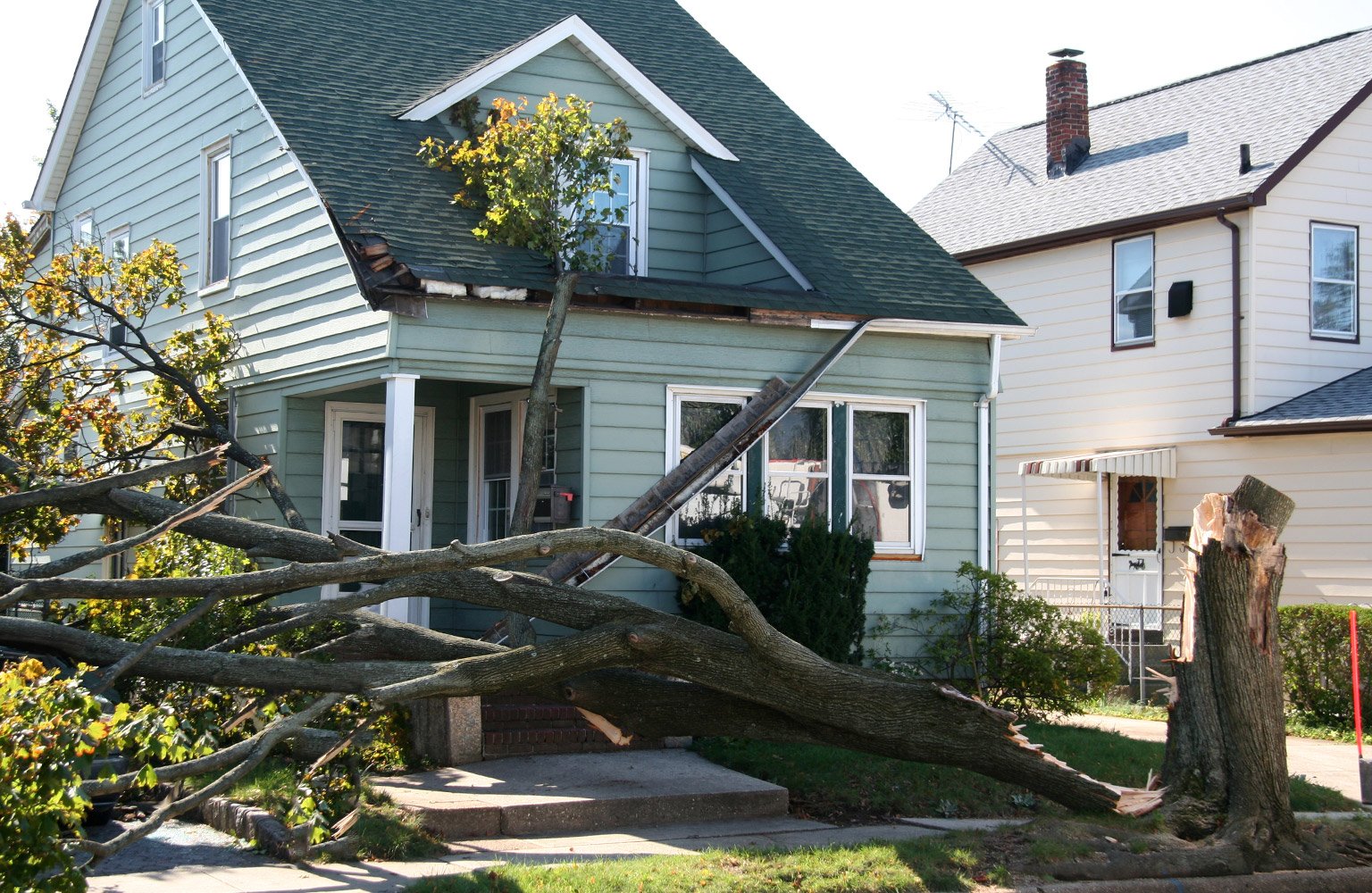
Strong winds, heavy thunderstorms, hurricanes, hail, tornadoes, and heavy snow can all cause damage to your roof, siding, deck, or other areas of your home. Fallen trees can cause particularly expensive roof damage.
Cost: The cost of repairing storm or wind damage averages at $8,340. The cost ranges from $2,300 to $14,540.
Prevention:
1. Hire a local professional tree cutting service to inspect and remove mature trees or limbs that are too close to your house every couple of years.
4. HVAC Repair/Replacement
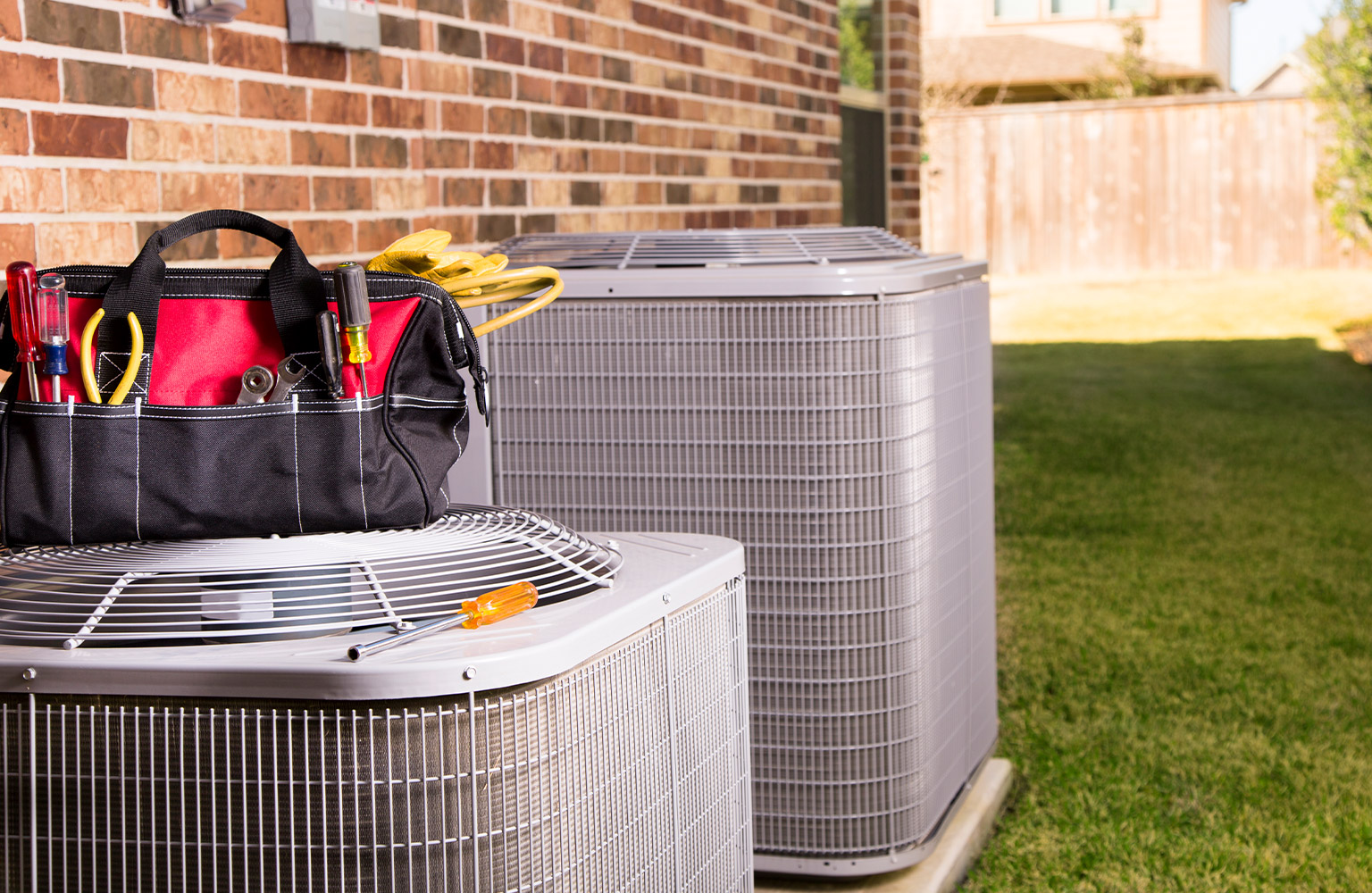
Heating and AC repairs and replacements can be quite expensive. They tend to break in the heat of summer or the cold of winter, exactly when you most need them to stay comfortable indoors. Keep in mind that the cost of repair will vary depending on your home’s square footage, the size of the unit, and the brand.
Cost: The average cost of an HVAC system replacement is $7,500. The price typically ranges from $5,000 to $12,500.
Prevention:
1. Replace air filters every three months.
2. Hire a HVAC company to conduct yearly maintenance.
5. Roof Repair
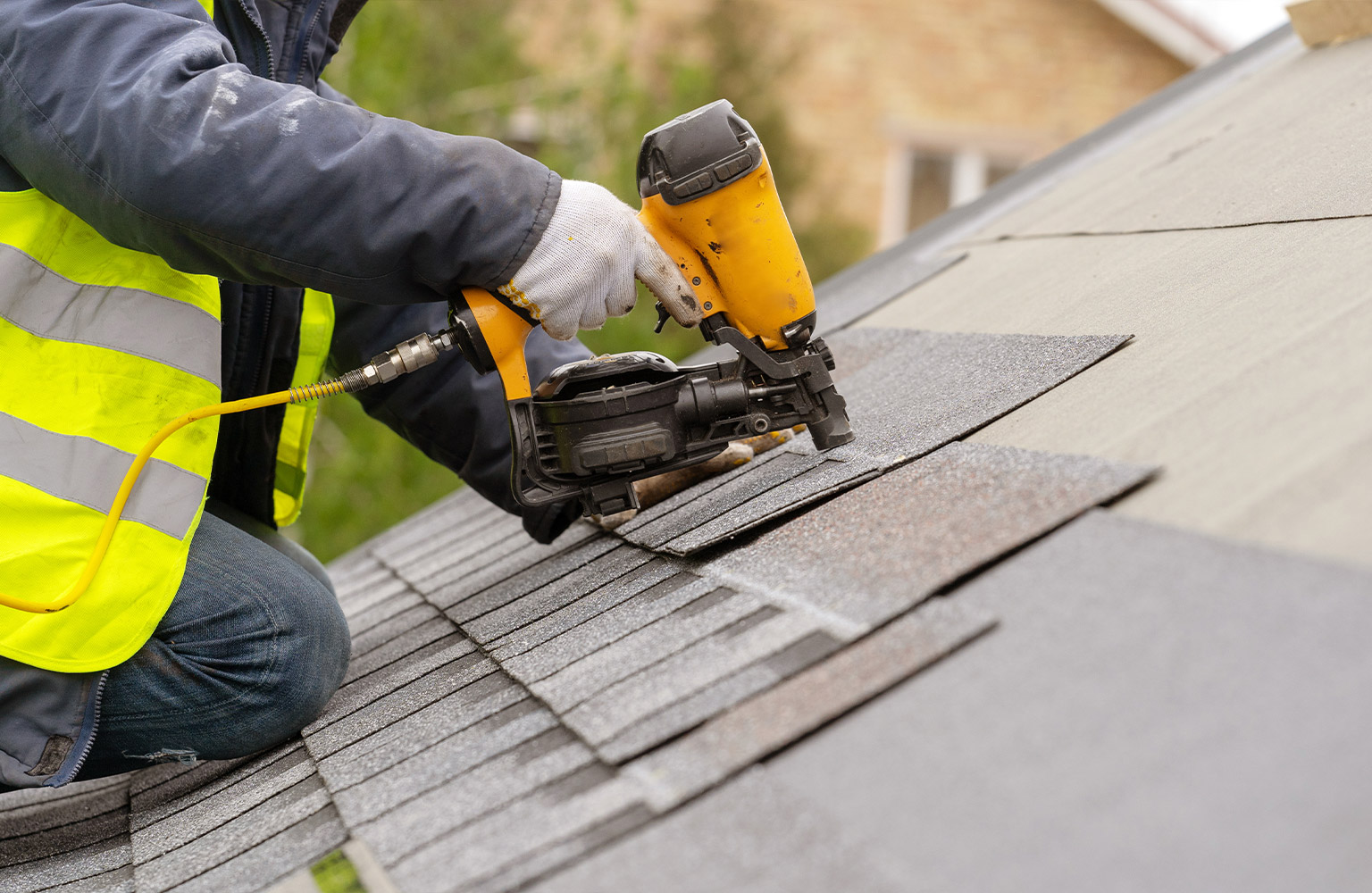
Your roof is one of the most important and protective parts of your home. It’s important to address needed repairs quickly, though the cost will vary greatly by your location and roof material, and size. Signs that your roof needs replacing include damaged shingles, moss patches, saggy spots, and damaged chimney flashing.
Cost: The average cost to replace a roof is $8,340, but it ranges from $5,570 to $11,415.
Prevention:
1. Hire a local roof inspector to take a look every one to two years to catch problems early and let you know how long your roof will last.
6. Termite Damage
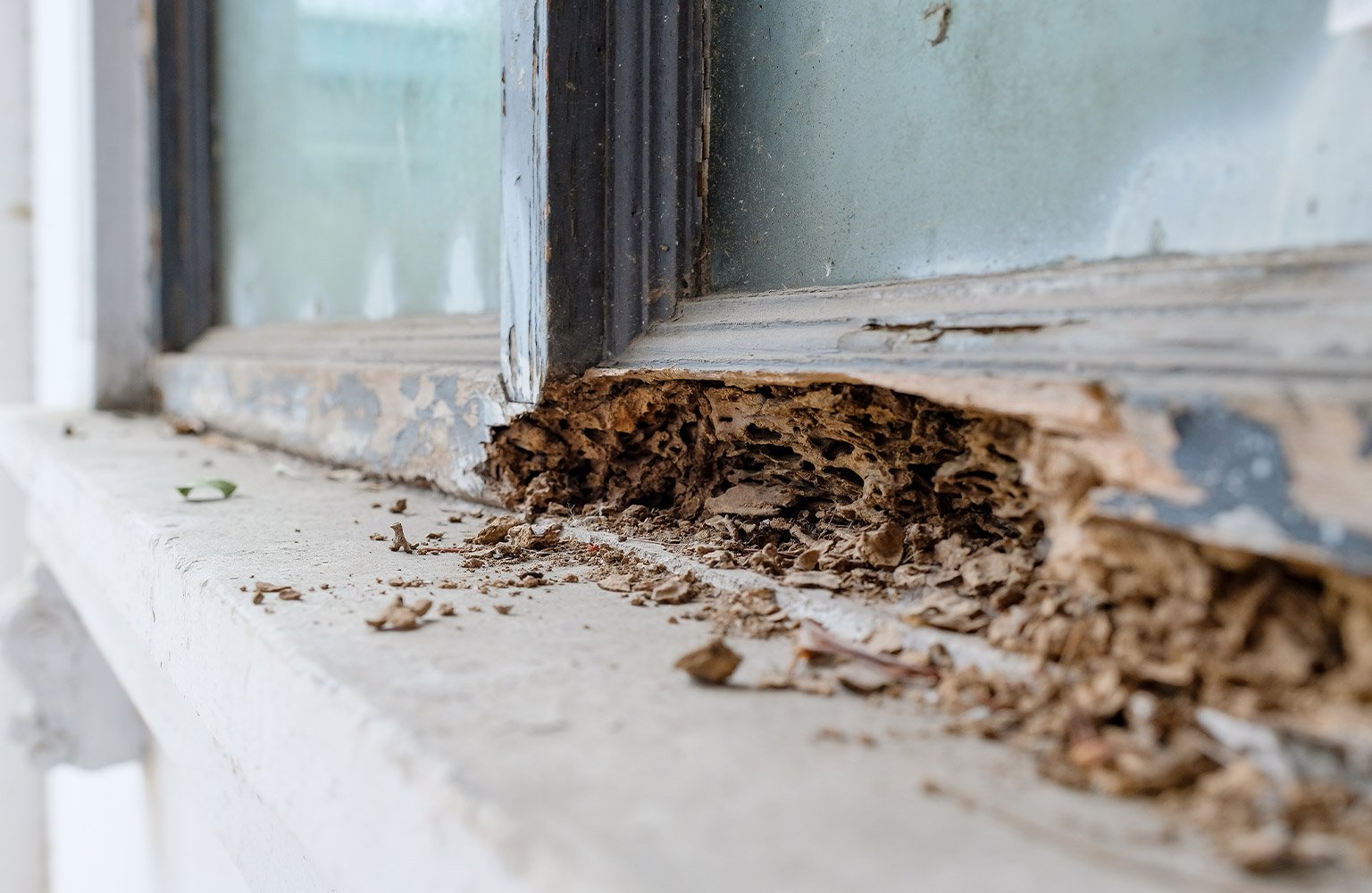
If not addressed early on, pesky termites can eat through wood floors, walls, and furniture, causing up to thousands of dollars in property damage. Though it can be hard to know if there are termites hiding in the walls, signs you might have an infestation include hollowed-out wood, damaged wood, small mud tunnels along the walls, and tiny holes in the drywall.
Cost: On average, pest control service costs range from $200 to $600. However, termite fumigation can cost $2,000 to $8,000. Depending on the damage to your home, costs could be higher.
Prevention:
1. Hire an exterminator to perform a termite inspection once a year.
7. Foundation Repair

Foundation repairs can be complex and intimidating. However, to ensure the longevity of your home, you should address needed foundation repairs promptly. Your home’s foundation can become damaged due to age, drainage issues, and plumbing leaks.
Early signs of a problem include cracks, water leaks, settling, and sinking. If a problem progresses, you may notice uneven floors and out of square windows and doors.
Cost: Foundation repair costs all depend on the extent of the repair, but on average, homeowners pay around $4,530. Minor repairs can start as low as $500, but you’ll pay between $2,010 and $7,060 for more extensive damage.
Prevention:
1. Drain water away from the house with sloped grading and in-ground drains.
2. Plant trees and shrubs away from the house.
3. Embed the foundation with compacted soil to retain moisture.
8. Water Damage
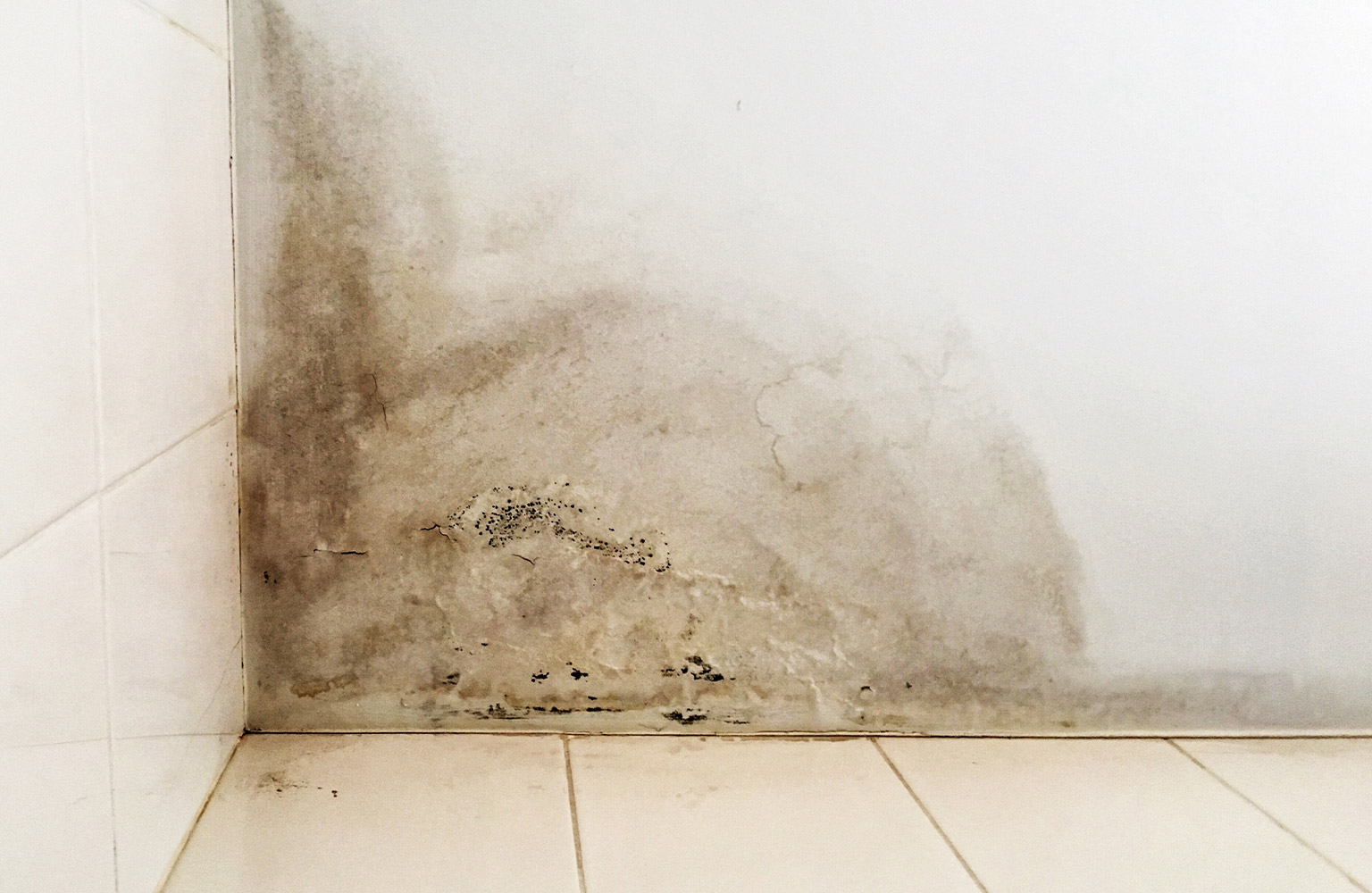
Leaking pipes and flooding basements can quickly cause major damage to floors, walls, and electrical wiring. Water damage should be addressed within the first 24 hours of a leak, or the costs could skyrocket.
Cost: Cleaning up water and repairing water damage costs an average of $2,900, but most jobs range between $1,200 and $4,600.
Prevention:
1. Clean gutters and downspouts.
2. Maintain and remove tree roots near utility pipes.
3. Investigate and fix any noticed leaks right away.
4. Install water detection devices.
5. Upgrade washing machine hoses.
9. Sewer Line Repair
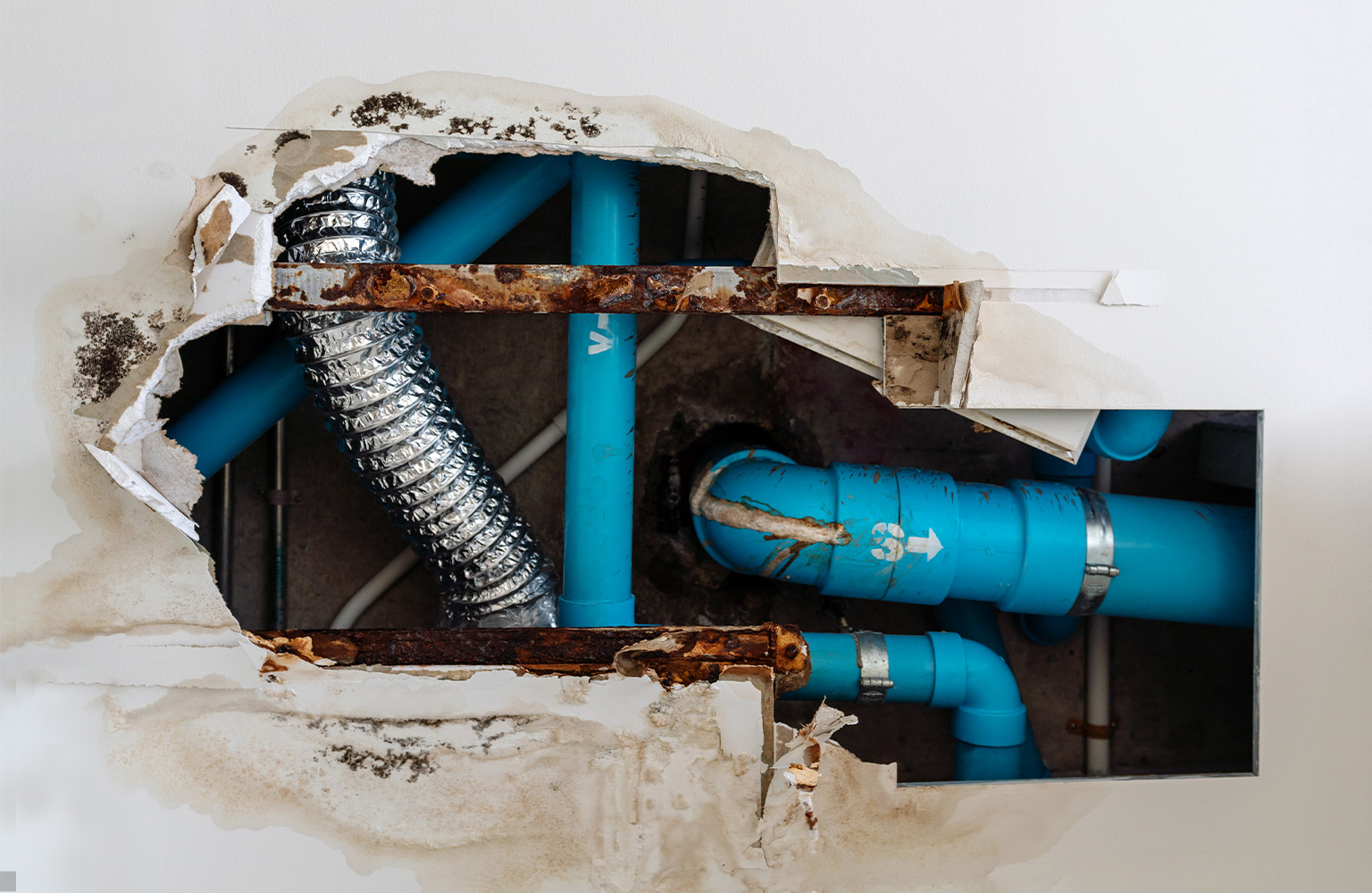
Sewer line repair is important to prevent a backup of sewage in your yard or basement. Thankfully, newer sewer lines that are well-maintained usually last for 50 to 100 years. Warning signs that you have a sewer line issue include multiple clogged plumbing fixtures, water appearing in the tub when you flush the toilet, a rotten egg smell, and gurgling noises coming from the drain.
Cost: The cost to replace or repair a sewer line costs $2,500 on average, with a typical range between $1,100 and $4,100.
Prevention:
1. Avoid putting grease, oil, coffee grounds, or animal fat down the drain.
2. Take care of tree roots around your sewer line.
3. Get help from a local sewer line contractor to clean out your sewage pipes every two to three years.
10. Driveway Repair
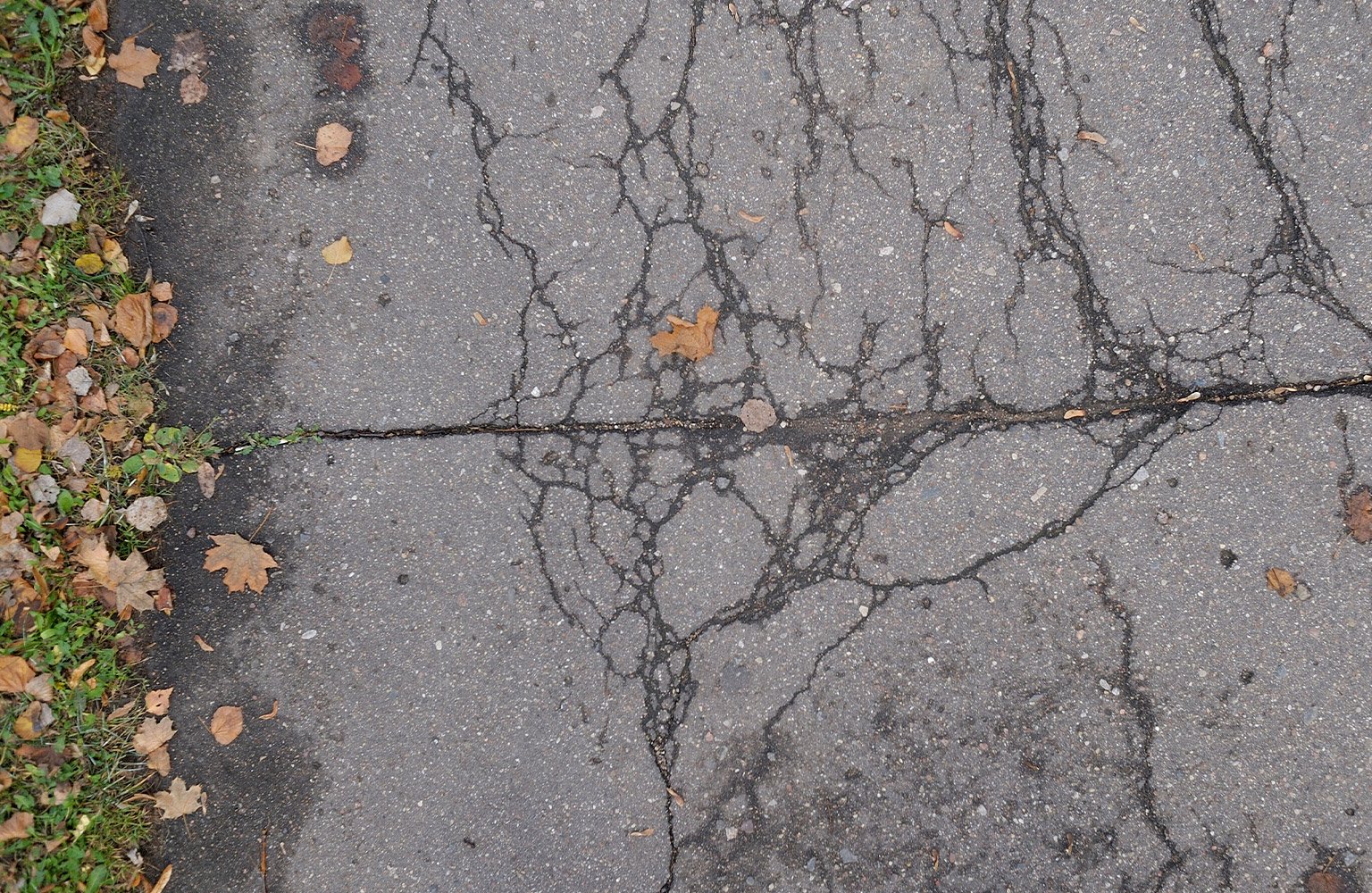
After 20 years or so, nearly every driveway will begin to crack. However, improperly installed asphalt driveways may have poorly constructed bases that don’t support the asphalt during freeze-thaw cycles throughout the year. This can cause driveways to take on damage and begin to crack more quickly than expected.
Cost: On average, homeowners pay $2,300. However, the cost of asphalt driveway repair ranges between $1,000 and $3,600.
Prevention:
1. Hire a professional driveway contractor to install the driveway with a sturdy base.
2. In winter, use sand instead of salt on concrete.
3. Manage tree roots around the driveway.
4. Limit excessive weight on the driveway.
5. Seal coat your driveway every four to five years.
6. Make sure your driveway has proper edging to prevent cracking over time.
11. Mold Removal
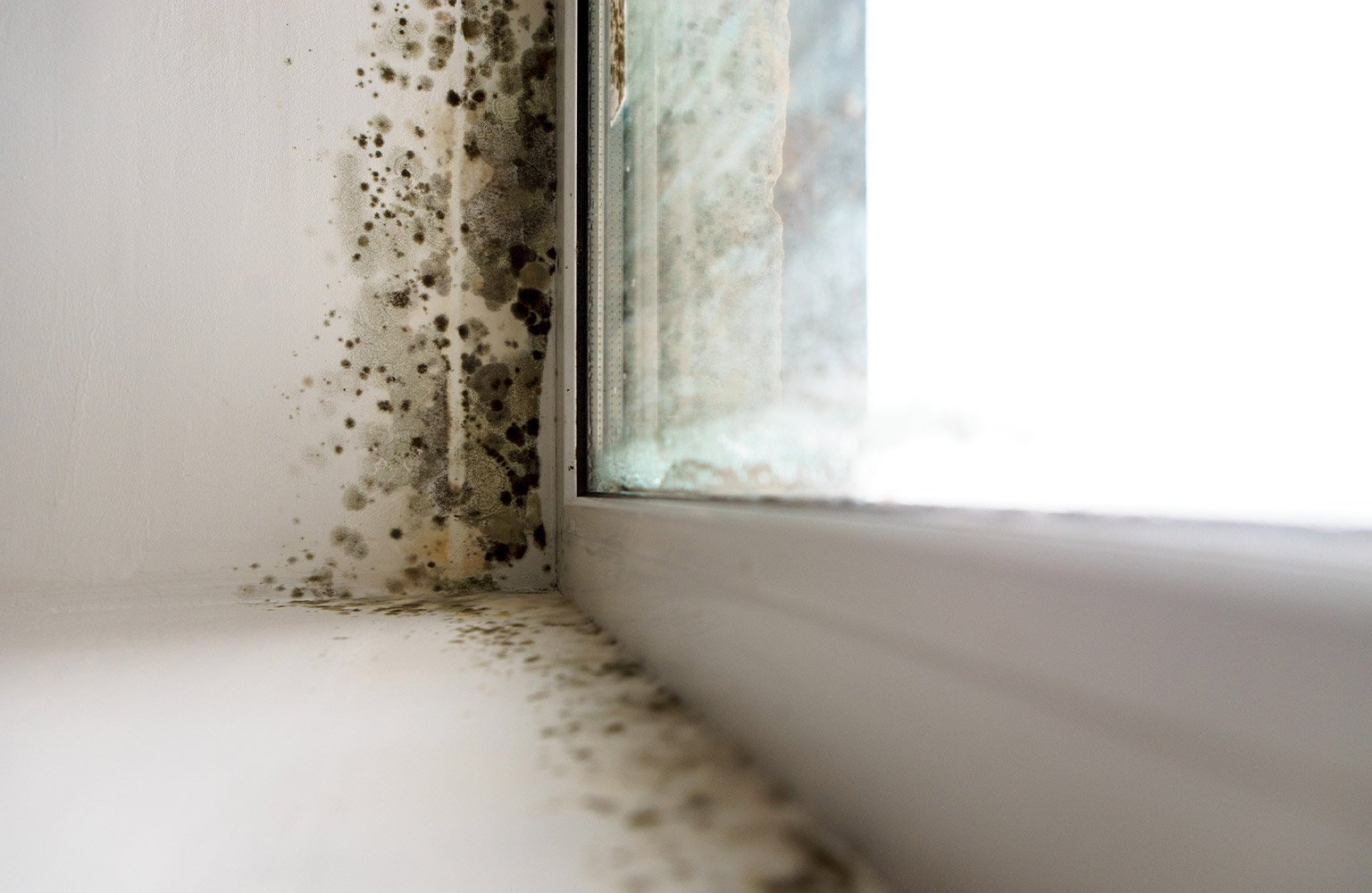
From green to black mold, infestations can cause adverse health effects such as allergies and wheezing as well as cause significant home damage. Mold removal services can help you rid your home of this dangerous and unsightly fungus.
Cost: The average cost of mold remediation is $2,215, while the typical range is $1,120 to $3,330.
Prevention:
1. Take care of leaks immediately.
2. Add mold inhibitors when you paint your walls.
3. Use a dehumidifier in a damp basement.
4. Check for mold in areas where there was recent flooding.
5. Periodically hire a local black mold inspector to check your home for warning signs.
6. Use mold-killing cleaning agents when cleaning the bathroom.
12. Septic System Repair
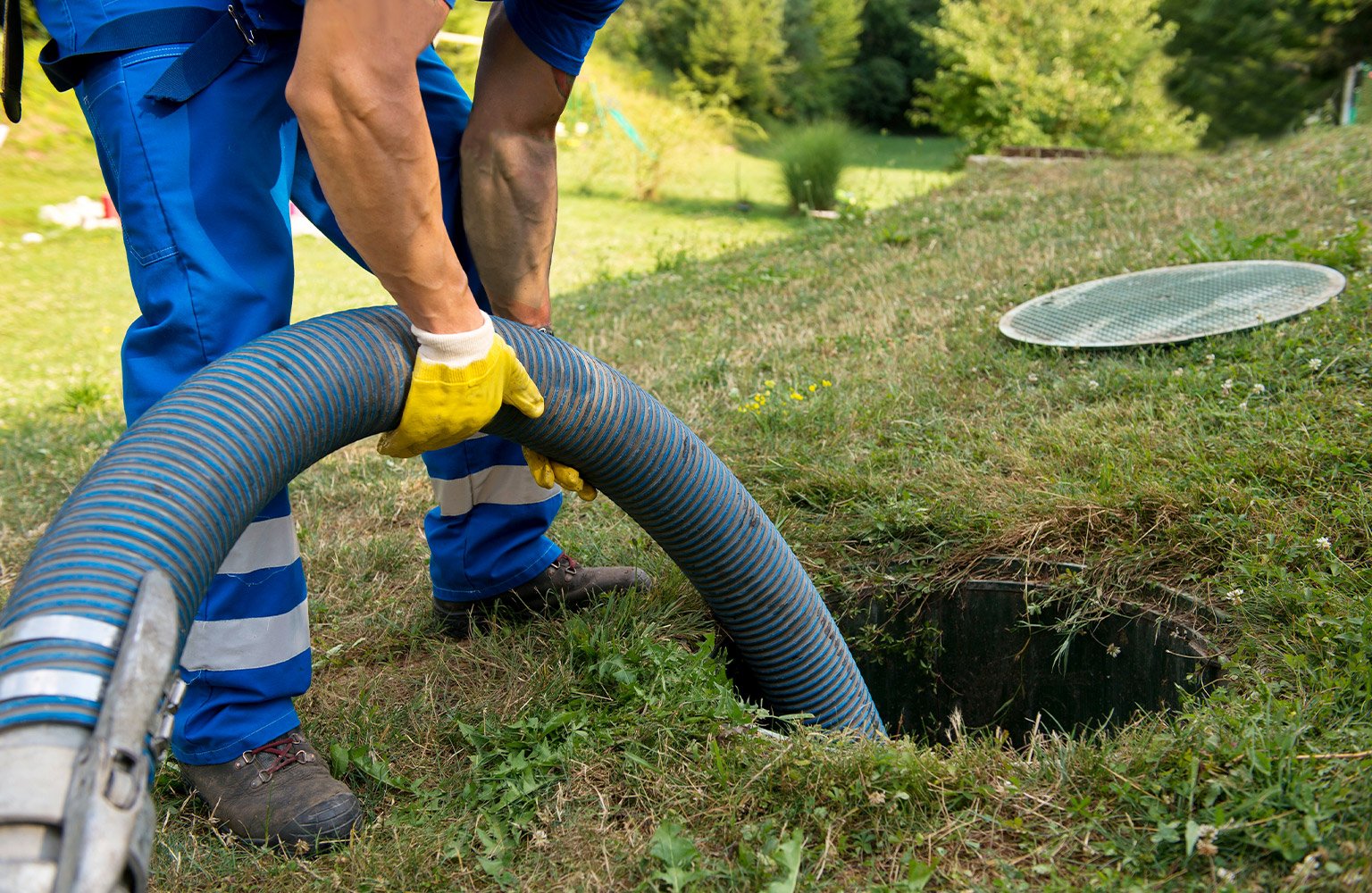
Septic systems can fail due to a clog or backup, resulting in a messy repair process. Sewage backup or foul smells could be a sign of a concerning septic system issue. If you notice a problem, make sure to contact a plumber right away.
Cost: The cost of repairing a septic tank averages $1,580. The price can range between $570 and $2,610. However, the price of a brand new septic tank is between $3,060 and $9,810 on average.
Prevention:
1. Hire septic tank maintenance companies in your area to inspect your septic system every three years.
2. Get your septic tank pumped every two to three years.
3. Hire a local septic tank cleaning company to clean the tank each year.
4. Use drain filters to capture hair in tubs.
5. Don’t drain the dishwasher or laundry water into the septic system.
13. Deck Repair
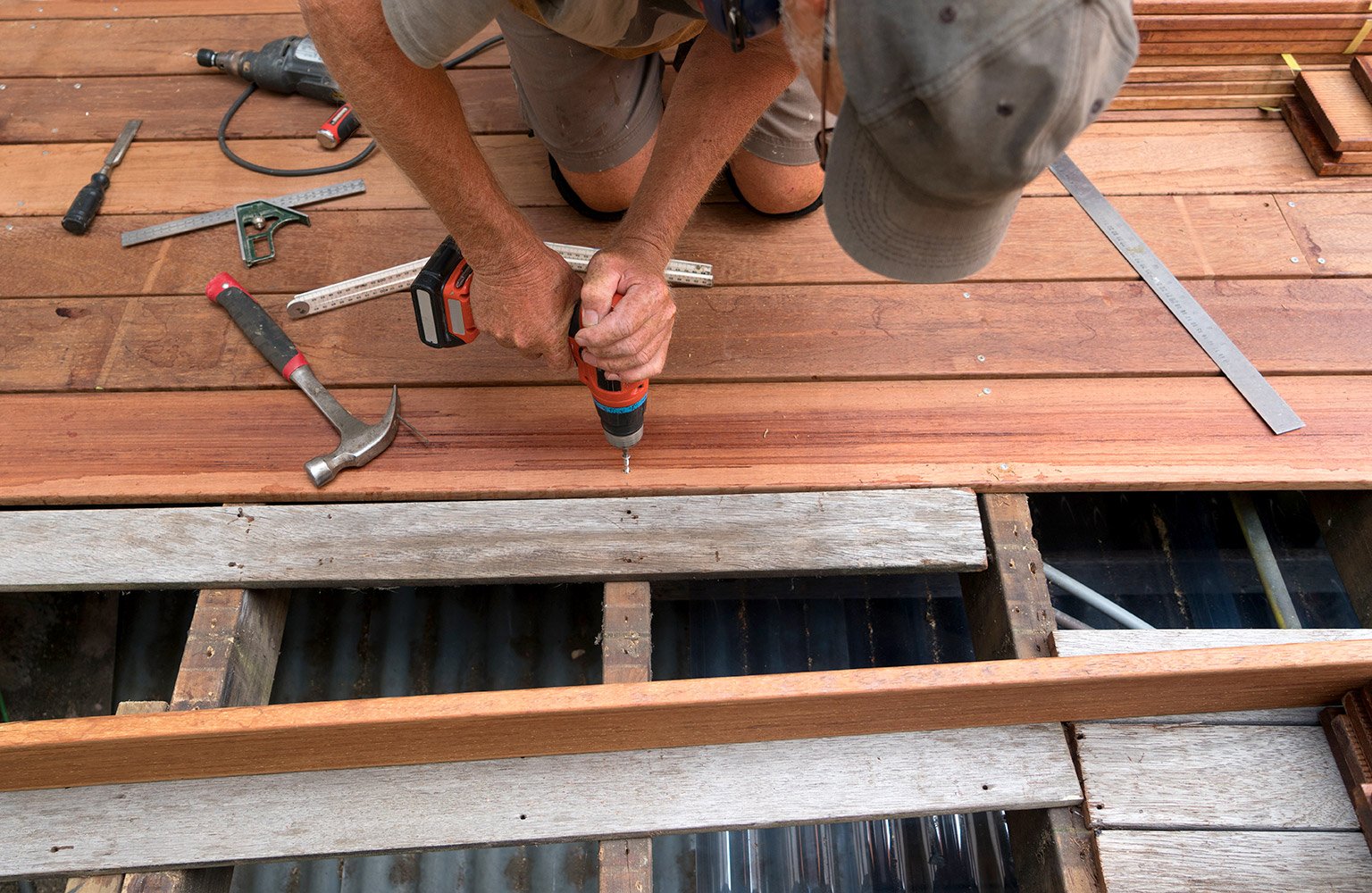
Over time, a wooden deck can start to look weathered and dirty. When exposed to extreme heat, cold, or moisture, this only exacerbates the aging process. You can revamp your deck year over year with regular maintenance, but if you notice cracks or moisture buildup, it’s time to replace the boards.
Cost: The price of repairing a deck sits at an average of $1,660 and can range between $730 and $2,600.
Prevention:
1. Stain or seal your wood deck every two to four years.
2. Regularly wash your deck with the help of a local deck cleaning service.
14. Electrical Repair
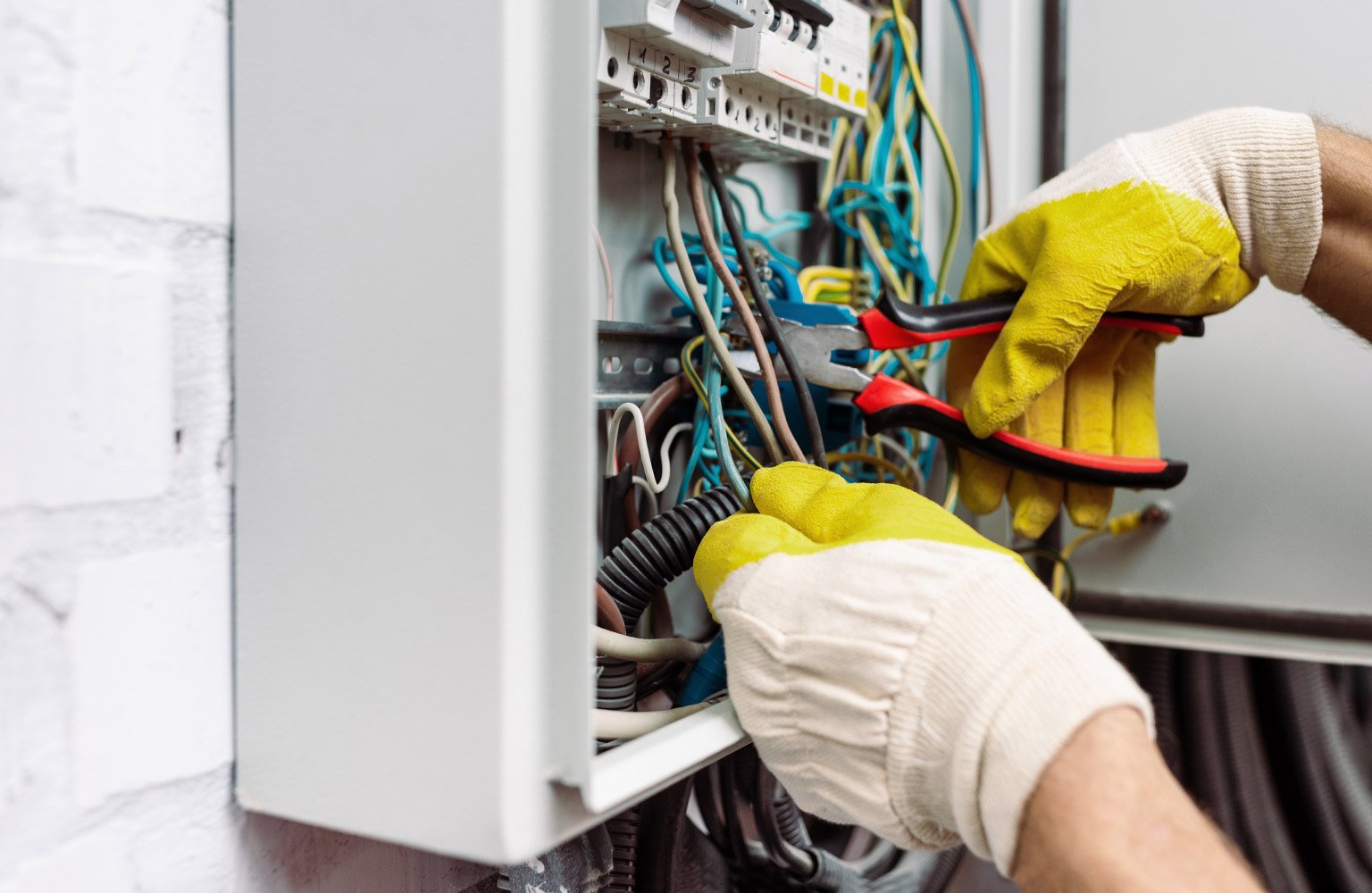
Typically, electric panels and circuit breaker boxes must be replaced every 25 to 40 years. An old electrical panel can become a fire hazard, so it’s essential to be aware of its status and know when to replace it as a safety measure. A more drastic repair is rewiring a home, a once-in-a-generation project that may be required if your home was built before 1960.
Cost: The cost of replacing a circuit breaker box is $1,150 on average, with a range of $500 to $1,810 per box or electrical panel. On the more expensive end, the cost of rewiring a house is $6,000 to $25,000.
Prevention:
1. Hire an electrician to inspect your electrical system annually.
15. Water Heater Repair
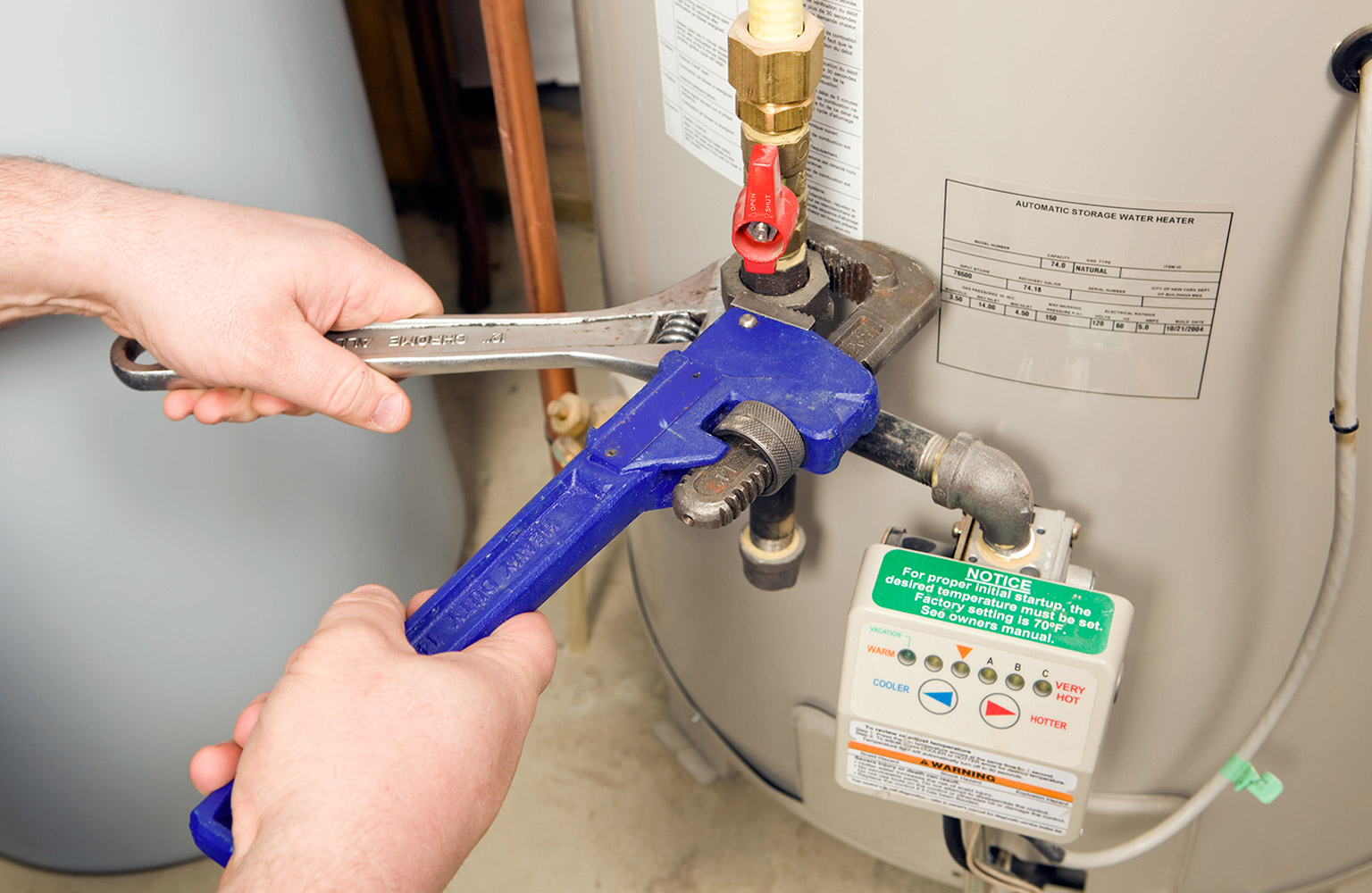
Essential for hot showers, baths, and other warm water needs, your water heater requires quick fixing once it quits or shows signs of damage. Signs that your water heater is acting up include knocking sounds coming from the unit, a lack of hot water, leaks, and cloudy or foul-smelling water. If the water heater is older than 10 years, you may need to consider replacing it.
Cost: The average hot water heater repair cost is $590, with typical repairs ranging from $225 to $960. The average cost of buying a new water heater is $1,190.
Prevention:
1. Inspect the water heater annually.
2. Once a year, drain a few gallons out of the water heater.
3. Keep the area around the heater free of clutter.
4. Locate the shut-off valve and know how to turn off the water if needed.
No matter the extent of the maintenance, repair, or replacement, rest assured you can find a home service professional in your area to help diagnose and fix the problem. Addressing problems as early as possible will help keep your home functional and beautiful for years to come.






- Carpentry
- House Framing Companies
- Baseboard Installation
- Subcontractors
- Pole Barn Builders
- Elevator Companies
- Grab Bar Installation
- EV Charger Installer
- Caulking Services
- Walk-In Tub Installers
- Attic Ladder Installation
- Bathroom Fan Installation
- Bathroom Vanity Installation
- Tub to Shower Conversion
- Balcony Contractors
- 6 Costly Home Repairs That Could Be Hiding in Your Dream Home
- 14 Preventive Plumbing Maintenance Tips You Should Know
- A First-Time Homeowners' Guide to Repairs
- 18 Common Plumbing Problems and How to Resolve Them
- How Long Does a House Last? The Importance of Home Maintenance
- 10 Most Common Plumbing Problems Every Homeowner Should Know
- The Average Lifespan of 10 Home Features—And What It Costs to Renovate Them
- What to Do If Your New Roof Is Leaking
- What to Do After Water Damage in Your House and Why Act Fast
- 7 Reasons Why Water Is Rising Through Your Floor—And How to Fix Them








